Madison Symphony Orchestra Program Notes
Overture Concert Organ
Series No. 3
February
25, 2023
J. Michael Allsen
Our third Overture Concert Organ Series concert brings together organist Greg Zelek and trombonist Mark Hetzler, for an imaginative program that opens with a little bit of traditional Jazz: their arrangement of When the Saints Go Marching In. They have created new adaptations of a few works specially for this program: a pair of movements from Bach’s cantatas, a movement of Mendelssohn’s “Reformation” symphony, and an enigmatic piano work by Satie. Greg Zelek presents a pair of French organ works: a prayerful piece by Boëllmann, and Widor’s exuberant Toccata. Mark Hetzler’s solo feature is a formidable contemporary work by trombonist Enrique Crespo. The program also includes three of Hetzler’s original compositions.
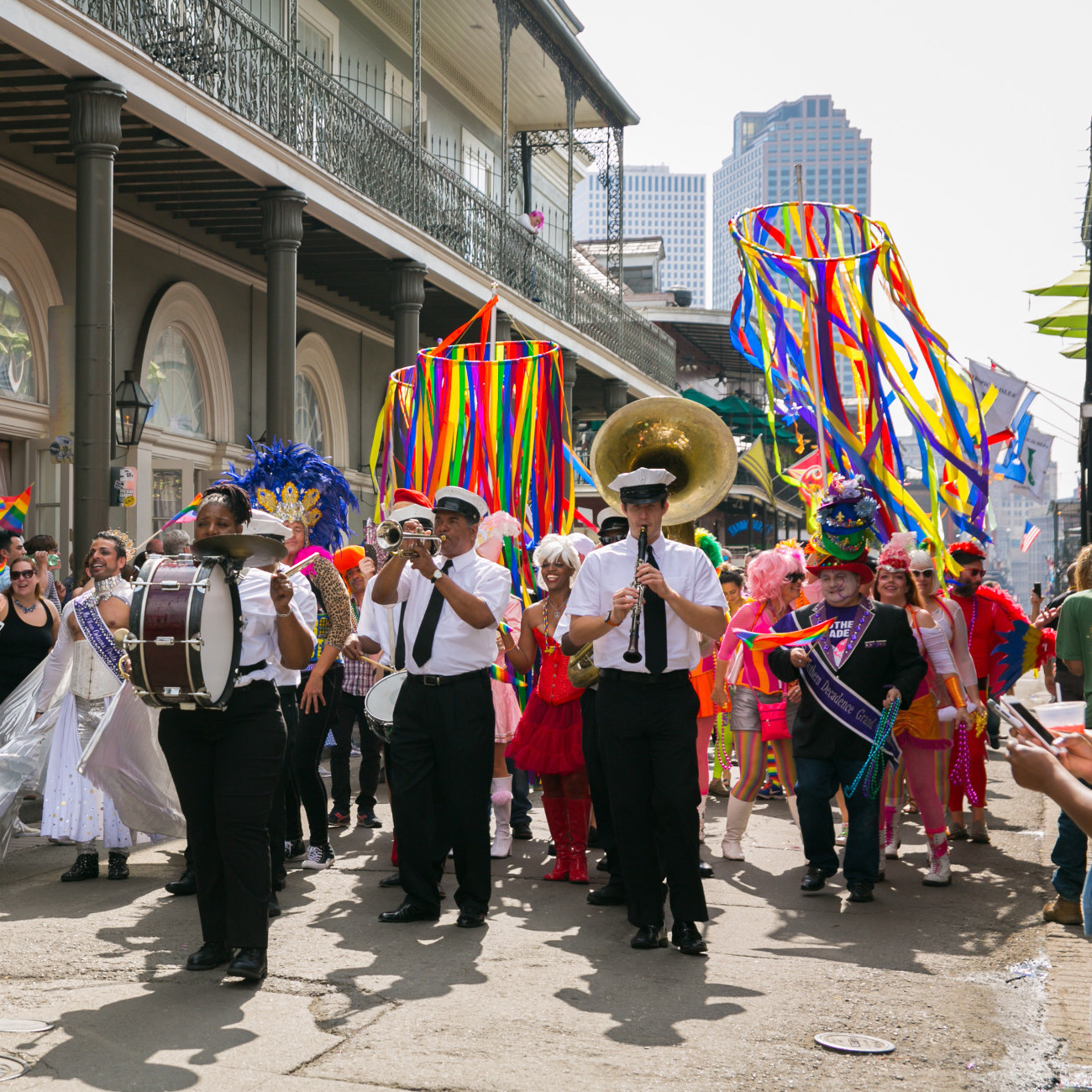 Traditional
Traditional
When the Saints Go Marching In
(arr. Hetzler/Zelek)
One of
the most popular early Jazz “standards,” When the
Saints Go Marching
In, seems to have
originated in the Deep
South sometime around the turn of the 20th century. It is
unclear who wrote it,
though like many Black hymns and spirituals, it may have started as an informal
“translation” of
a formal Protestant hymn— possibly a hymn published in 1896 by
lyricist
Katherine Purvis and composer James M. Black titled When
the Saints Are Marching In. Though there were several
recordings of the
tune in the early 20th century, the classic 1938 recording by
Louis Armstrong
insured its enduring popularity. The song has long been
associated with New
Orleans, and plays an important role in “second line” music.
In New Orleans
traditional funerals, the “first line” is the family and
friends of the
deceased, who walk with the hearse to the cemetery. The
“second line” is a
group of musicians who follow behind, playing solemn music on
the way to the
interment, and joyful music on the way home as the beginning
of a party
celebrating the deceased. Saints almost always kicks
off the return
trip.
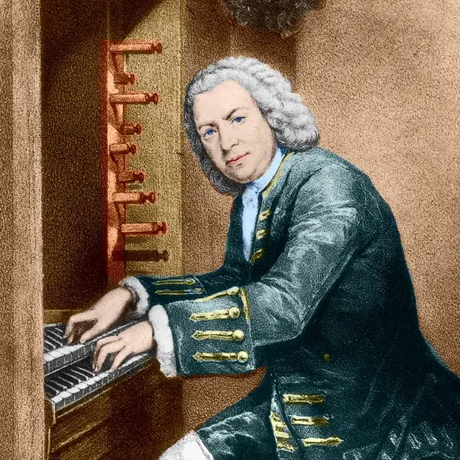 Johann Sebastian Bach (1685-1750)
Johann Sebastian Bach (1685-1750)
Sinfonia
from Cantata
“Christ lag in Todes Banden” BWV 4
Aria “Höchster, mache deine Güte” from
Cantata “Jauchzet Gott in allen
Landen” BWV 51
Bach did not invent the Lutheran church
cantata, a
multi-movement setting of sacred texts, but his 200 surviving
cantatas are the
finest examples of the form. Though he composed cantatas
throughout his career,
the great bulk of them were written during his first five years
in Leipzig,
where he arrived in 1723 to take the position of Kantor at the
Thomaskirche—the
head church musician in the city. In this program, we bring
together an
instrumental movement from one of his earliest sacred cantatas
with an aria
from one of his latest.
Bach composed the cantata Christ
lag in Todes Banden (Christ
lay in
the Bonds of Death) in 1707, when he was working at his
first professional
organ position in Arnstadt. However, the piece was intended
not for Arnstadt,
but as an audition piece for a more prestigious and
higher-paid position at the
St. Blasius church in Mühlhausen. The cantata was performed
there on Easter,
and Bach was soon offered the position. This was one of his
earliest cantatas
and almost certainly his first “chorale cantata.” This was a
form Bach would
many times, in which each section of the cantata sets a verse
of a Lutheran
chorale: in this case, a well-known Easter hymn by Martin
Luther. The cantata
begins with the solemn Sinfonia heard here.
The cantata Jauchzet
Gott in
allen Landen! (Praise
God in every
nation!) was written in 1730, after the great burst of
cantata-writing in
his first years at the Thomaskirche. It is one of the
relatively few cantatas
for solo voice, in this case, a soprano. The libretto,
probably by Bach
himself, is a perfectly conventional sacred text, appropriate
to a specific
Sunday in the Church Year, the 15th Sunday after Trinity, but
Bach also added a
note to the effect that this was appropriate “all other times
as well.” The
vast majority of Bach’s cantatas were written with the highly
trained but
limited boy’s voices of the Thomaskirche chorus in mind, but
the solo part of Jauchzet
Gott in allen Landen! was clearly intended for a
professional and highly
skilled soprano. One possibility is that he wrote the solo
part for his wife,
Anna Magdalena, to be sung at some private function. (Women
did not sing in the
Thomaskirche choir.) Another possibility is that Bach wrote
this showpiece with
an eye towards impressing singers and potential patrons
outside of Leipzig. One
biographer has suggested that the cantata was written for the
leading prima
donna of the glittering Dresden court opera, Faustina
Bordini, or perhaps
for the Dresden castrato Giovanni Bindi. The cantata’s
second aria, Höchster,
mache deine Güte
(O highest God, make your goodness) features an expressive vocal
line sung above a
gentle, walking continuo. This a da capo aria, meaning
that after the
contrasting middle section—in this case, slightly more
impassioned music—is
followed by a repeat of the opening music, traditionally
ornamented by the
soloist.
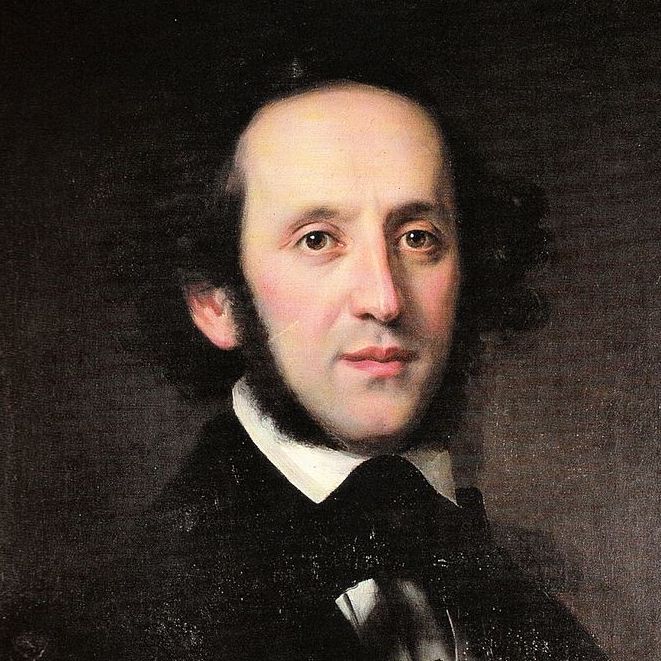 Felix
Mendelssohn
(1809-1847)
Felix
Mendelssohn
(1809-1847)
Andante
from Symphony
No. 5 in D Minor, Op.107, “Reformation” (arr. Hetzler/Zelek)
Mendelssohn’s “Reformation” symphony was
written during the
fertile years of his “Grand Tour,” travelling through Europe
while he was in
his early 20s. The inspiration for the Symphony
No. 5 came during an extended visit to the British Isles.
According to one
early biographer, Mendelssohn worked out most of the details in
the fall of
1829, while he spent weeks in London convalescing from a leg
wound suffered in
a nasty carriage accident. The symphony was completed in April
1830, after he
had returned to Berlin. Mendelssohn originally planned the
symphony for a
celebration in Berlin in July 1830—the 300th anniversary of the
Augsburg
Confession, one of the central
documents of the
16th-century Lutheran Reformation. This fell through, as did
planned
performances in Leipzig, Munich, and Paris. Mendelssohn
arranged for a premiere
in Berlin in November 1832, but he was deeply disappointed by
the tepid
response and quietly set it aside. It remained unpublished for
nearly 20 years
after his death, finally appearing in print as the Symphony No. 5 in 1868.
The Symphony No. 5 is
famous for quotations of sacred melodies, particularly the
appearance of Luther’s
Ein feste Burg ist unser
Gott (A
mighty fortress is our God) in the finale. However, the
melodies of the
third movement (Andante) are
Mendelssohn’s own. These were
originally heard in the violins, but here are played by
trombone: a melancholy
main theme above a pulsing accompaniment, and a more turbulent
contrasting
idea. The opening theme returns at the end, though now the
trombone is answered
by the organ, before a quiet closing passage.
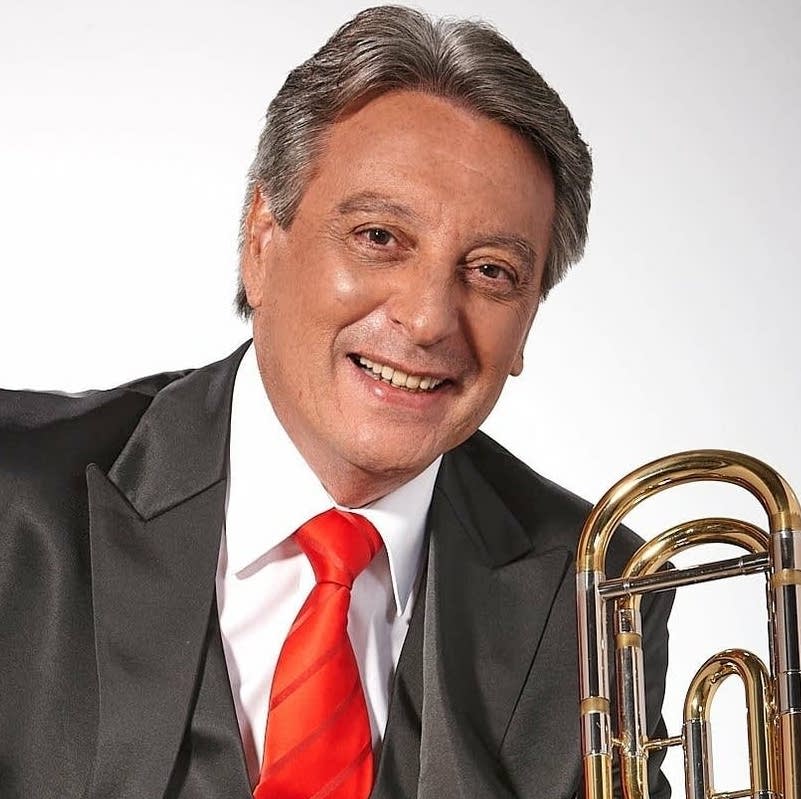 Enrique Crespo
(1941-2020)
Enrique Crespo
(1941-2020)
Improvisation No. 1
The late trombonist and composer Enrique
Crespo was born in
Montevideo, Uruguay. He was already quite successful in South
America in his
early 20s, performing as principal trombone with both the
Montevideo and Buenos
Aires orchestras. In 1967, he was offered a scholarship to
Berlin’s famed
Hochschule (Conservatory) für Musik, to study trombone and
composition. Crespo
spent the remainder of his career in Germany, performing first
as principal
trombone in the Bamberg Symphony, and later in the Stuttgart
Radio Orchestra. In
1974, he founded the German Brass Quintet, and in 1985, expanded
the ensemble
to ten players to create the German Brass. The ensemble’s first
recording was a
now-classic disc titled BACH 300, celebrating the
tricentennial of
Bach’s birth with Crespo’s arrangements of his music. The German
Brass would
eventually issue more than 20 additional recordings. As a
composer and
arranger, Crespo was able to channel a host of different styles:
folk and
popular forms from South America, Jazz and Baroque styles, and avant
garde
idioms. His Improvisation No. 1 for solo trombone comes
from 1983.
Crespo was apparently playing an audition that called for a
contemporary work.
Disappointed by the options available, he improvised this work,
later writing
it down and publishing it. It is a virtuoso showpiece,
exploiting the entire technical,
dynamic, and expressive range of the trombone, and stretching
over nearly four
octaves. Crespo hints at a few styles: Jazz ballads, traditional
“concert in
the park” trombone solos, and a funky 7/8 idea that appears
twice in the work.
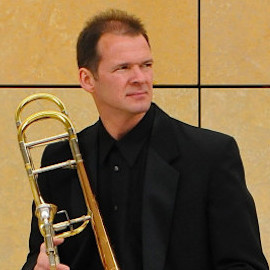 Mark Hetzler (b.
1968)
Mark Hetzler (b.
1968)
Purity
Mr. Hetzler will be introducing his compositions
from the stage,
but has also provided brief notes for each. Regarding Purity,
he writes:
“I composed this music in 2018, with the goal of writing my
first ever ballad.
Knowing the difficulty of such a task, I decided to seek
inspiration from the
most important person in my life—my wife, Svetha. The piece
started out as an
instrumental, and then I invited UW-Madison First Wave Scholar
Dequadray James
White to write words to go with the music. His inspiring
poetry and powerful
singing came to life on this song, which appears on the
album Nebulebula,
the first recording produced by the Madison-based ensemble I
helped to form,
the eclectic and ever-changing Mr. Chair.”
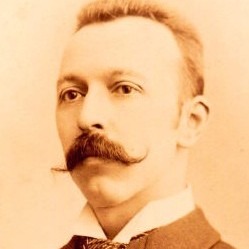 Léon Boëllmann
(1862-1897)
Léon Boëllmann
(1862-1897)
Prière à Notre-Dame from Suite
gothique, Op.25
Léon
Boëllmann left his native Alsace at age nine
to study at Paris’s École Niedermeyer,
a school dedicated to training church musicians. While there,
he studied with
Gustave Lefèvre and became a protégé of organist Eugène
Gigout, who eventually
adopted Boëllmann as
his son. After Boëllmann
graduated,
he became assistant organist, and eventually cantor and
principal organist at
the Parisian church of St Vincent-de-Paul. He spent the rest
of his tragically
brief career there though also taught at the school of
organ-playing founded by
Gigout. (Boëllmann died
at age 35, probably of
tuberculosis.) He was amazingly prolific in this short time,
managing to
publish some 150 works. The most popular of these is 1895 Suite
gothique.
Boëllmann
compose this work for the
inauguration of a relatively small new organ at the
13th-century Gothic church
of Notre-Dame de Dijon. The third movement, Prière
à Notre-Dame (Prayer
to Our Lady) was
inspired the
“black virgin” of Dijon, a wooden sculpture of the Virgin Mary
dating to the
11th century. This is quiet, meditative music with an
unhurried cantabile melody. There is a more active middle section before
a return of the
opening mood.
Mark Hetzler
Barba’s Adagio
“Yes, the title is meant to be a musical pun on
Barber’s famous
masterpiece Adagio for Strings. This work also has a
back story
connected with the group Mr. Chair. Our ensemble loves to
collaborate, working
with musicians, dancers, artists, scientists and even brewers!
We had a recent
performance that featured Madison’s own saxophone super star
Tony Barba, and
knowing that Tony loves to use electronics, I wrote this piece
so the two of us
could indulge in some sonic exploration. When Greg Zelek
invited me to perform
on tonight's concert, I thought this work would be a lot of
fun to play with
organ.”
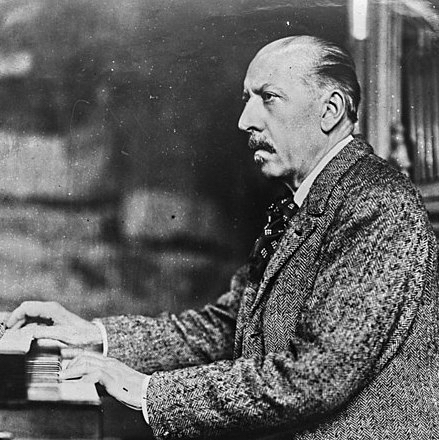 Charles-Marie
Widor
(1844-1937)
Charles-Marie
Widor
(1844-1937)
Toccata from
Symphony No. 5 in F
minor, Op. 42, No. 1
Charles-Marie Widor had
a long career as one of France’s greatest organists, beginning
with his
appointment at age 25 as organist at the church of Saint-Sulpice
in Paris, a
position he would hold for some 64 years. In 1890, he also
succeeded César
Franck as organ professor at the Paris Conservatory, where he
would be a
powerful influence over the next generation of French organists
and organ
composers. As a composer, Widor wrote four operas and a host of
works for
orchestra, chorus, and chamber ensemble, but it is his organ
works that are
known today. Particularly popular are his ten symphonies for
solo organ. These
are large multimovement works designed to exploit the vast range
of timbres
available on a new generation of large organs, pioneered in the
19th century by
organ builder Aristide Cavaillé-Coll. The organ Widor
played at Saint-Sulpice,
rebuilt
by Cavaillé-Coll in 1862, is widely considered to be the
builder’s masterpiece.
Widor’s Symphony
No. 5 is one
of four organ symphonies he published in 1879 as his Op 42.
The composer played
its premiere on July 20, 1879, on a magnificent Cavaillé-Coll
instrument that
had been installed a year earlier in the Palais de Trocadero,
a Paris concert
hall. Its best-known movement, and by far, Widor’s most famous
piece, is its
flashy finale, the Toccata. This is a relatively
simple piece—to
understand, if not to play!—combining just two musical
elements: a repeating
harmonic pattern played on one manual (sometimes reinforced by
pedals) moving
through various keys, and a unending 16th-note decoration in
the other manual.
Musically simple, but it creates a stunning effect, building
up a tremendous
amount of inertia that is finally released in a closing
flourish and massive
final chords.
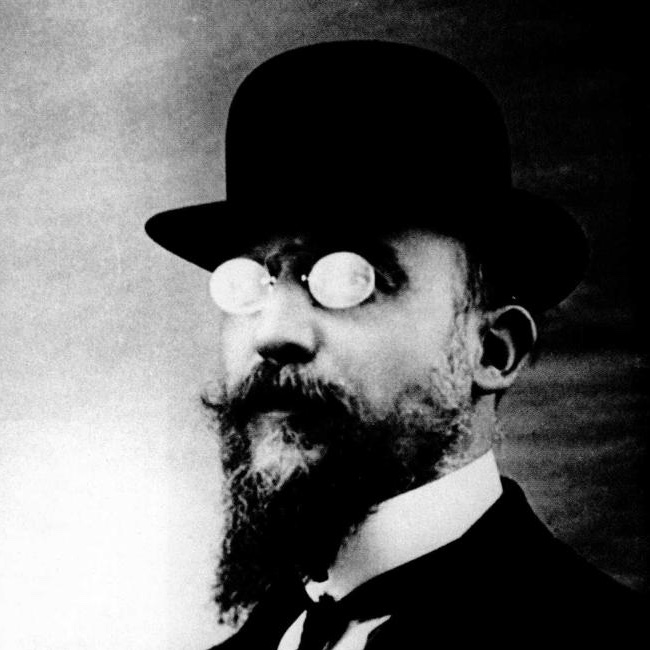 Erik
Satie
(1866-1925)
Erik
Satie
(1866-1925)
Gnossienne No. 1 (arr. Hetzler/Zelek)
Erik Satie was a quirky guy. He was certainly
one of the
most unorthodox composers of France’s “Belle Époque”—the period
between the end
of the Franco-Prussian War in 1871 and the beginning of World
War I in 1914
that saw radical changes in music and all of the arts. Satie
spent his entire
career in Paris. He would eventually become a success when he
was in his
mid-40s, when his innovative works were championed by Ravel and
other younger
composers. But for much of his career, Satie worked in relative
obscurity,
producing music that was unconventional in style, and often
satirical in tone
or simply absurdist: his works include Flabby Preludes for a
Dog, Three
Pieces in the Form of a Pear, and
Sketches and Provocations of a Portly Wooden Mannequin!
He
cultivated an equally strange personal image: his eccentricities
included
eating only white food and dressing every day in one of several
identical
velvet suits.
His Trois Gnossiennes—three
short piano pieces
composed in 1890 and published in 1893—seem to refer to
Gnosticism, an ancient
and mystical belief system stressing esoteric knowledge and gnosis,
or personal
understanding. It was very
much in the air in turn-of-the-century France. The Gnostic
Church of France was
founded in 1890, and Satie himself was formally associated the Mystical Order of the Rose and Cross of
the Temple and Grail (a Parisian offshoot
of the widespread Rosicrucian
movement).
Just how the Trois Gnossiennes might express
this is unclear, but
they are rather mysterious and deceptively simple little
pieces. The Gnossienne
No. 1 was published without barlines, though it seems to
be a slow and
rather wistful dance. In this adaptation, the organ plays the
unvarying
accompaniment and the trombone plays the sometimes modal,
vaguely
oriental-sounding melody. The piece unfolds in a series of
short repeated
segments. Along the way the way, Satie provides rather obscure
expressive
directions: très luisant (very radiant), questionnez (ask), du bout de la pensée
(deep in
thought), postulez en vous-même (make demands on yourself), and
sur la langue (on the tip of the tongue).
Mark Hetzler
Infinity
“This composition got its start in 2010 as a
chamber piece for
trombone, two pianos and percussion, with the title Three
Views of Infinity.
In 2016, I orchestrated the entire work to be performed as a
trombone concerto
with full symphony orchestra. The piece was inspired by visits
to India with my
wife and her family, and includes influences from South Indian
Classical Music,
Religious Chanting, Minimalism, Romanticism and American
Popular Music. Infinity,
the finale movement of the concerto, is about a wild car ride
across South
India. I dedicated this piece to my wife and her parents, who
became U.S
citizens in 1987.”
________
program
notes ©2023 by J. Michael Allsen